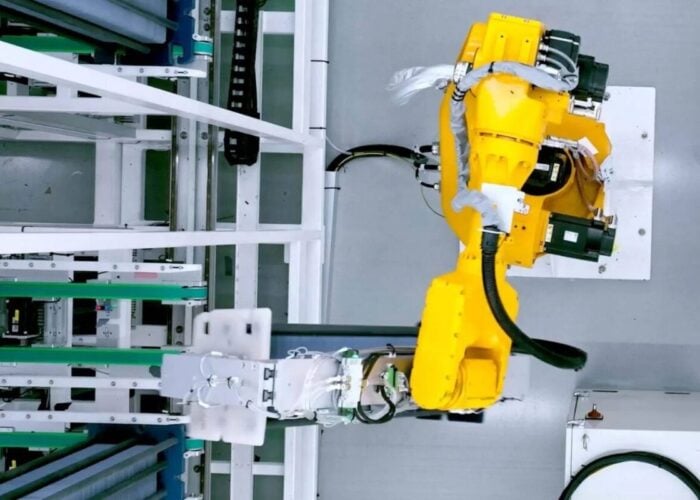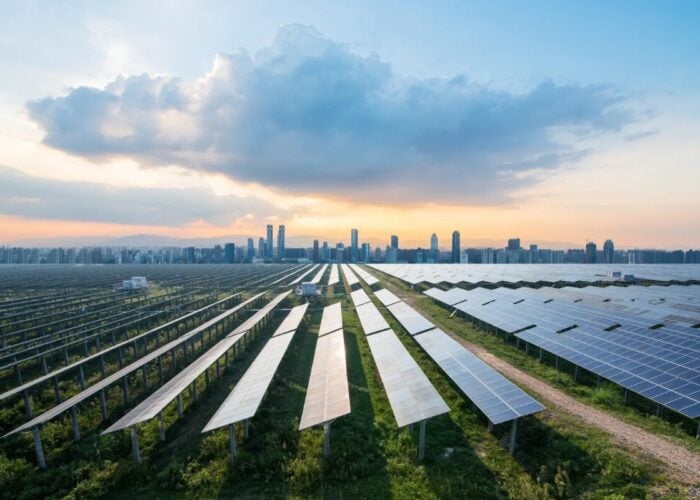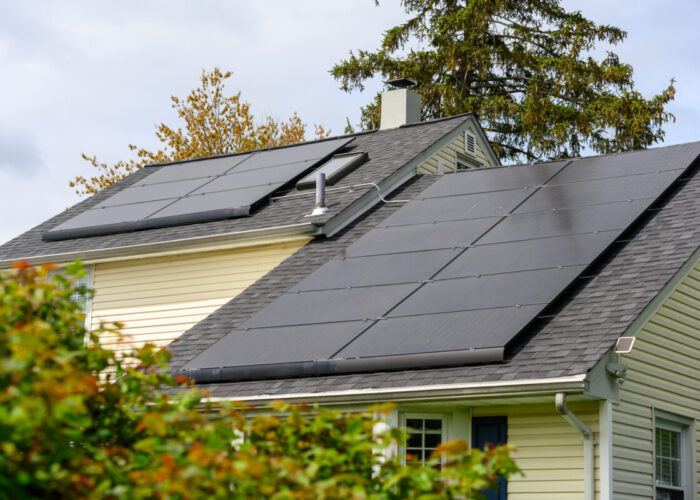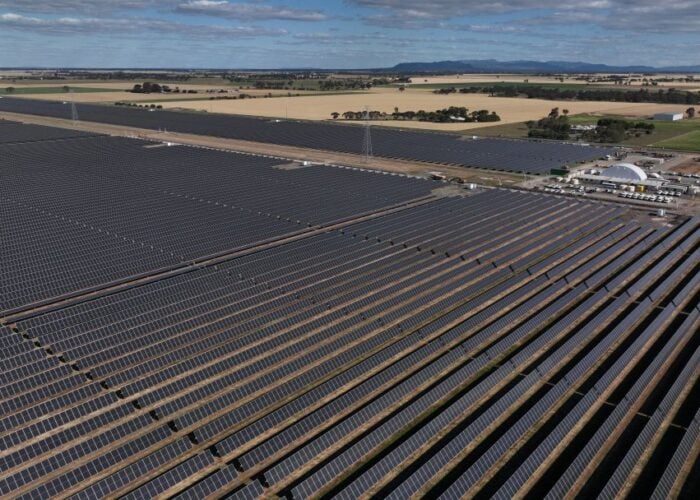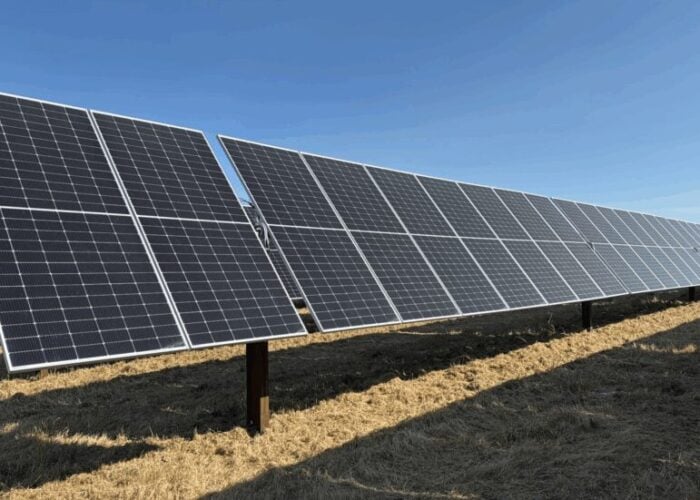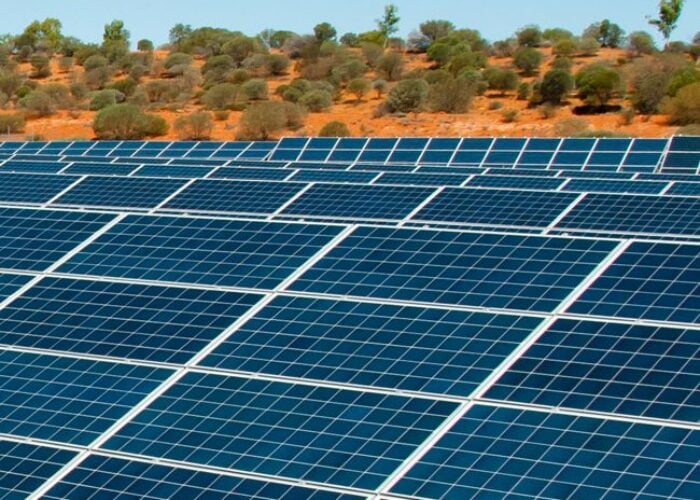The rapid decline of conventional crystalline based solar modules due to weak demand and massive over-capacity throughout the supply chain has forced CPV manufacturer, Emcore to take a long hard look at its terrestrial CPV business model. In its most recent quarterly conference call company executives said that they would concentrate on solar cell receivers with 1,000 times concentrated reflected optics development and supply while licence and partner on complete systems.
Previously, Emcore had followed the conventional model of manufacturing complete systems and being a solar project developer. Emcore also said that it is currently pursuing a joint venture or partnership opportunity in China that they hope will eventually enable the company to break into that market.
Try Premium for just $1
- Full premium access for the first month at only $1
- Converts to an annual rate after 30 days unless cancelled
- Cancel anytime during the trial period
Premium Benefits
- Expert industry analysis and interviews
- Digital access to PV Tech Power journal
- Exclusive event discounts
Or get the full Premium subscription right away
Or continue reading this article for free
Several other manufacturing partners are being sort in other regions of the world so that only the critical cell and optics need shipping from Emcore. The rest of the components are to be made in the eventual local market by partners. The company said that this would reduce the shipping cost and the total cost structure of its CPV systems.
However, questions were raised in the conference call over the competitive viability of its terrestrial CPV technology in light of price declines in c-Si modules and the cost per watt leadership set by CdTe thin film producer, First Solar.
Emcore had a difficult time in 2008. A perennial loss making enterprise, the company was forced to de-book virtually all of the CPV systems orders as previously announced supply contracts failed to be converted into actual shipments, sales and installations by the various customers.
The company also stopped all development work on its Gen II cell technology as efficiency levels were not deemed competitive enough and focused R&D resources on its Gen III technology, effectively exiting the market until this technology was ready for commercial release.
On being asked when the technology would ready, Hong Q. Hou, Emcore’s Chief Executive Officer said in the call that the new technology would ‘probably’ be ready in the second half of 2010.
Another challenge for Emcore, acknowledged in the call by company executives was the need to demonstrate the real-world performance characteristics of its CPV systems for utility-scale projects. According to Emcore, they have 18 installations in the field, equating to and approximately 1MW. However, these systems are using technology not now being produced by the company.
The company acknowledged that in the current environment, financial institutions are extremely risk-averse, and new technologies are actually seen as a risk rather than an advantage.
It is not known whether Emcore will have to demonstrate the competiveness of its Gen III technology at a number of evaluation programs before commercial contracts can be signed, but with the technology not expected to be ready until sometime in the second-half of next year, a potential market return continues to look several years away.
In the meantime Emcore is having renewed success in the satellite power business, having secured over US$100 million in orders in the last seven-months. The company would seem to gaining market share and is expecting to gain share in the European market, a market it doesn’t serve.

